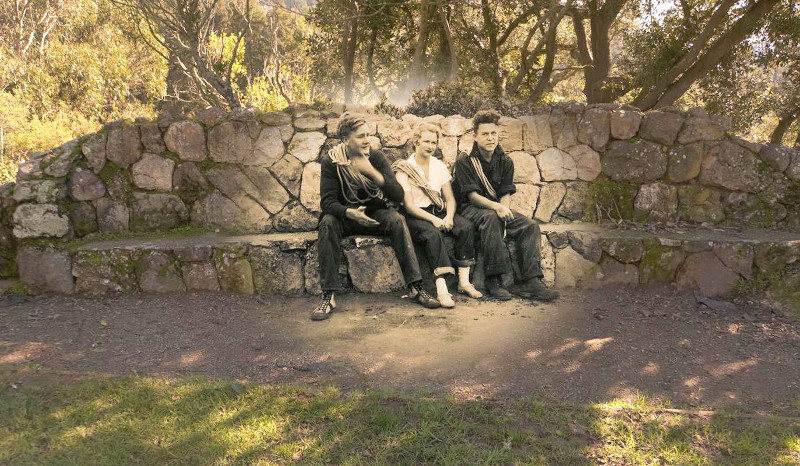By Jeffrey Kosoff. Header photo courtesy of the Sarah Wikander collection.
Hello to Berkeley Ironworks and our greater Touchstone Climbing communities!
Given the fact that we are all stuck here at home patiently biding our time waiting for this pandemic to subside, what better opportunity to dive in and reflect on our roots as climbers; and where better to start than locally, right here at home in Berkeley, California. What we dig up may surprise you, whether you are a Berkeley native or a recent transplant. This blog series is meant to explore connections, provoke conversation and share observations. Many of the key players from the dawn of Yosemite climbing to the present day still live, work, and train right here. So hold onto your PPE as we travel back in time together. Who knows: we may all learn a thing or two along the way.
Beginnings: The 1930s

“When we try to pick out anything by itself, we find it hitched to everything else in the Universe.” —John Muir: climber, conservationist, first president of the Sierra Clubs)
Berkeley is renowned as a crucible for cutting edge science and radical politics. Less well-known but equally compelling to our ever-growing climbing community, Berkeley has been a home and training ground to generations of climbers that have left their mark and changed the course of climbing in America.

“The whole earth is in jail and we’re plotting this incredible jailbreak.” —Wavy Gravy: Berkeley resident, peace activist and counterculture icon
Our own climbing history is closely tied to the Sierra Club and its founders, many of whom were based right here in Berkeley. They were capable men and women, prominent academics, scientists, authors and entrepreneurs who built the conservation movement and led trips for science and leisure.
For our purposes, it all started with Sierra Club President and mountaineer Duncan Mcduffie, who donated Indian Rock Park to the City of Berkeley in 1917. These humble piles of rhyolite—Indian Rock, Cragmont and nearby Mortar Rock—would quickly become the proving grounds that would open up the walls of Yosemite and help develop the skills and techniques necessary to train our Mountain Divisions in World War II.

Richard Leonard and the Dynamic Belay
The 1930s were a period of rapid cross-pollination, where Sierra climbing pioneers quickly assimilated the best techniques and newest gear from Europe. Richard Leonard, a founding member of the Cragmont Climbing Club in 1932 (and, later, President of the Sierra Club from 1953 to 1955) set the club up primarily for the advancement of climbing safety. He systematically refined a method for a dynamic belay.
Alongside other talented Berkeley climbers, Jules Eichorn and Bestor Robinson, Leonard capitalized on these new techniques to nab the first ascents of Eichorn’s Pinnacle and, later, Higher Cathedral Spire. This route was the first successful example of piton use in Yosemite. These breakthrough first ascents provided proof of concept, opening up the walls of Yosemite for further exploration and eventually making it the center of the climbing universe. For a richly detailed account of the first ascent of Higher Cathedral Spire, please read this great article by Steve Roper.

These are just the beginnings, and we’d love for those with firsthand knowledge to chime in on social media! Stick around for next week’s post.
Jeffrey Kosoff is a Touchstone Climbing instructor at Berkeley Ironworks with approaching twenty years’ experience with a focus on climbing strategy, movement and technique. Always up for a adventure, Jeffrey has travelled to more than fifty countries on six continents pursuing bouldering, long distance hiking and scuba diving in remote wilderness spaces. His formal education is in the fine arts with a BFA from San Francisco Art Institute.

